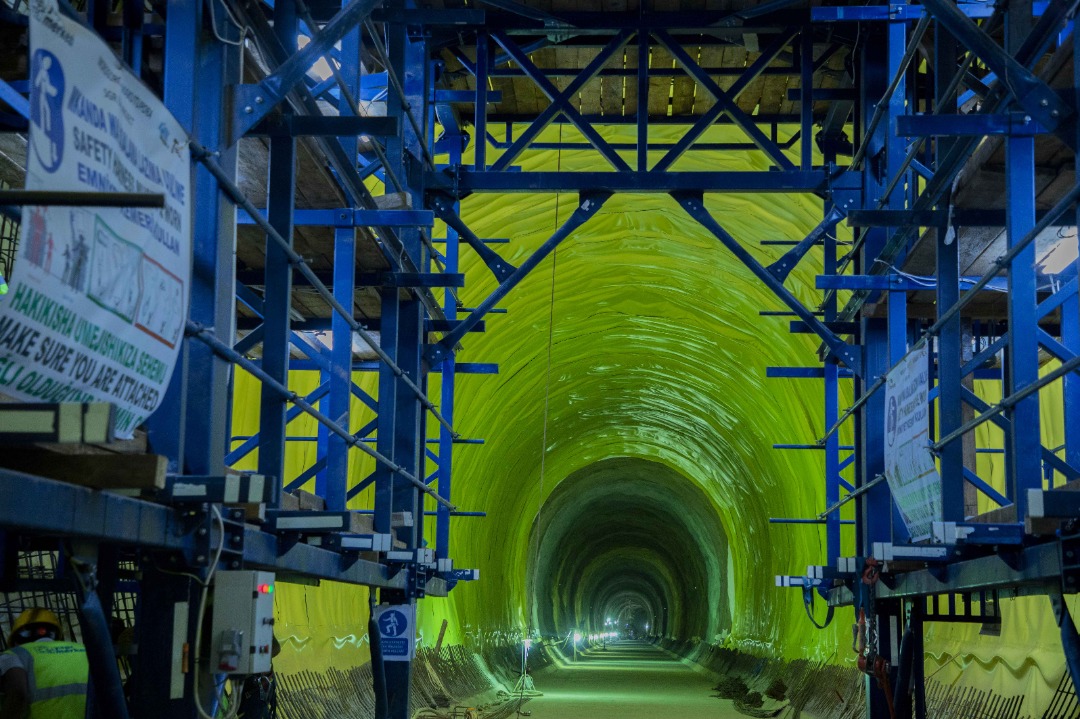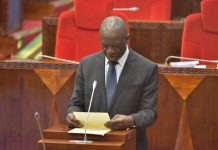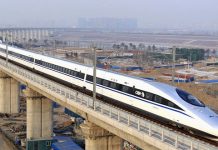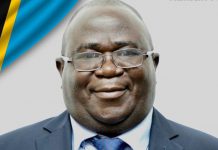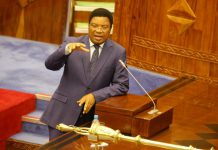THE ongoing construction of Standard Gauge Railway (SGR) first phase has poured US dollars 307 million (about 707.3bn/-) into Tanzania’s economy so far through local sub-contractors and suppliers, it has been learnt.
The Tanzania Railway Corporation (TRC) expects that over 2tri/- would have been spent locally during the implementation of the Dar es Salaam- Morogoro line which nears completion, massively beefing up the circulation of money in the country.
Project Manager Eng Machibya Masanja stated this when briefing permanent secretaries and their deputies who toured the construction site from Morogoro to Dar es Salaam on Tuesday.
The previous day, the ministries’ accounting officers had also visited the SGR second phase from Morogoro to Dodoma capital city.
According to Eng Masanja, the first phase has reached 75.8 per cent completion, but the estimates now await approval from the consultancy.
The second lot has been completed by 25.8 per cent. President John Magufuli has been repeatedly emphasizing on increasing local content in development projects implementation, thus, prioritising local companies to undertake the jobs.
His sentiment was always that foreign contractors have been mainly benefiting economies of their countries by importing raw materials from those countries as well as staff.
Explaining how the project has left behind the money to the country, Eng Masanja said the project has subcontracted over 140 local contractors and suppliers on different contracts.
“These locals have been paid for goods and services, thus enabling the money from the project to circulate within the country,” explained Eng Masanja.
Apart from local subcontractors, the project required that labour ratio stands at 80 per cent locals and the remaining 20 per cent foreigners, the condition which has been complied.
The Dar es Salaam-Morogoro SGR project has employed a total of 8303 workers, out of whom 7063 are locals and 1243 foreigners.
On the part of key personnel such as engineers, it is supposed to have 20 per cent locals against 80 per cent foreigners. However, it has exceeded the limit since locals constitute 46.5 per cent.
“According to the contractor, the number of local key personnel is large because they were inspired after seeing that Tanzanians are trainable.
It takes them a short period to train and make us understand,” Eng Masanja noted. TRC’s Director General Masanja Kadogosa insisted that the project has considerably boosted the country’s economy since a large part of the construction materials used were purchased from within the country.
For instance, the project is expected to use 150,000 tonnes of iron and 9.2 million cement bags from local manufacturers, he said.
However, he said low capacity in terms of required equipment for the work was one of the challenges on the part of local subcontractors.
‘In order to build their capacity they should unite for undertaking the works, and this is what we have been insisting to Engineers Registration Board (ERB),” he said.
Permanent Secretary in the Constitution and legal Affairs Minister Prof Sifuni Mchome, who led the delegation, told the TRC that there should be strategic communication to inform the public over the development of the project, noting that the progress has even surprised the delegates.
Prof Mchome noted that the flagship railway project meant a lot to the development of the country, particularly towards the industrial economy by 2025.
“This means that taxes that the citizens pay are properly used for bringing development. The project proves that actions speak louder than words,” he said.
Construction of Tanzania Standard Gauge Railway Network consists of five phases covering 1,219 Kilometers long main track.


